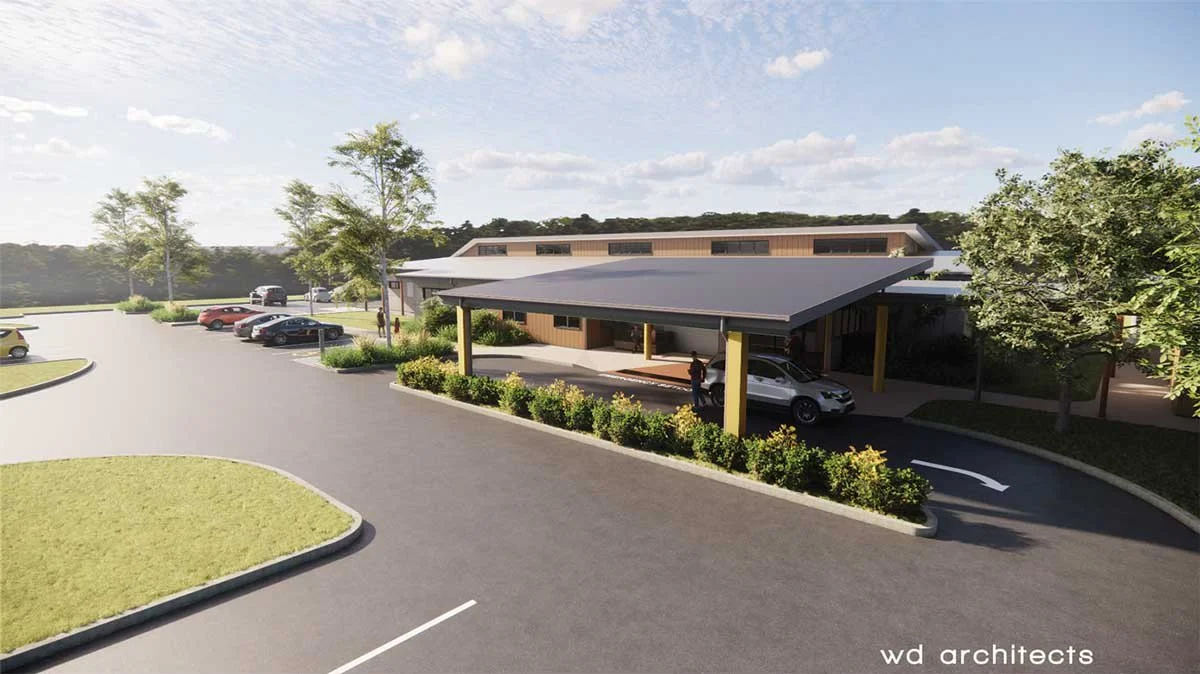A $15-million wildlife hospital is coming to Dakabin, promising faster treatment for injured native animals and relief for overworked rescue groups across the Moreton Bay region.
The facility, which will include a community education hub, is set to become a vital service for one of Queensland’s most wildlife-dense areas, where koalas and other native species are often at risk from traffic, habitat loss, and disease.
Purpose-Built for the Community and the Environment
The new hospital will be built on land valued at about $3 million at 420 Old Gympie Road in Dakabin, with construction expected to begin once final designs and permits are completed. The location was selected for its accessibility, proximity to bushland corridors, and ability to support a long-term expansion plan.
According to the Moreton Bay Wildlife Hospital Foundation, the facility will focus solely on native wildlife, providing emergency care and rehabilitation for animals such as koalas, sugar gliders, wallabies, and flying foxes. It will not treat domestic pets, keeping its mission firmly on wildlife conservation.
The new Dakabin hospital forms part of a broader state-wide push to improve wildlife-care capacity across Queensland. Similar projects are being developed in Redlands, Southport, Currumbin, and Green Island, as part of an ongoing investment in wildlife rescue and rehabilitation infrastructure.
Each site is expected to work collaboratively, sharing expertise and resources to ensure that injured and sick animals receive timely, high-quality care.

Reducing Travel and Improving Survival Rates
Local carers and wildlife volunteers say the project could not come soon enough. Rescue groups have reported that injured animals often endure long trips — sometimes more than two hours — to reach the nearest veterinary hospital equipped to handle wildlife emergencies.
These journeys can significantly reduce survival chances, particularly for species prone to stress or shock. The new facility in Dakabin will mean faster intervention, potentially saving thousands of animals each year.
Education Hub to Build Wildlife Awareness
Community leaders and environmental advocates have also praised the inclusion of an education hub, describing it as a crucial bridge between science and the public. The education component will host workshops, school excursions, and volunteer training programs to teach residents how to respond when they find injured wildlife and how to make backyards and roadways safer for native species. The aim is to build a community that not only supports the hospital but actively contributes to preventing harm in the first place.
The hospital’s design will prioritise sustainability, with plans for solar energy, rainwater harvesting, and landscaping that mimics natural habitats. This will create a calm, restorative environment for recovering animals and demonstrate environmentally responsible development for the area. While the design phase is still underway, the facility is expected to include treatment and recovery rooms, triage areas, and outdoor rehabilitation enclosures.
A Regional Effort to Strengthen Wildlife Care
The Moreton Bay region has one of the largest koala populations in Queensland, making it a hotspot for wildlife rescues. However, increasing urban development has led to more frequent encounters between humans and animals, often resulting in road strikes and habitat fragmentation.
Wildlife groups hope the Dakabin hospital will act as a stabilising force — both for local ecosystems and for the growing network of carers who have worked tirelessly to protect the region’s biodiversity.
While an exact construction timeline has not been finalised, early projections suggest the hospital could be operational within three years. Once complete, it will serve as both a treatment centre and a community hub, offering volunteer placements, training programs, and collaboration opportunities for universities and wildlife researchers.
Local volunteers say the facility will fill a long-standing gap in the region’s animal care network and help build long-term resilience for the area’s environment.
Published 28-Oct-2025
CLICK ANY LOGO TO SEE PUBLICATION














